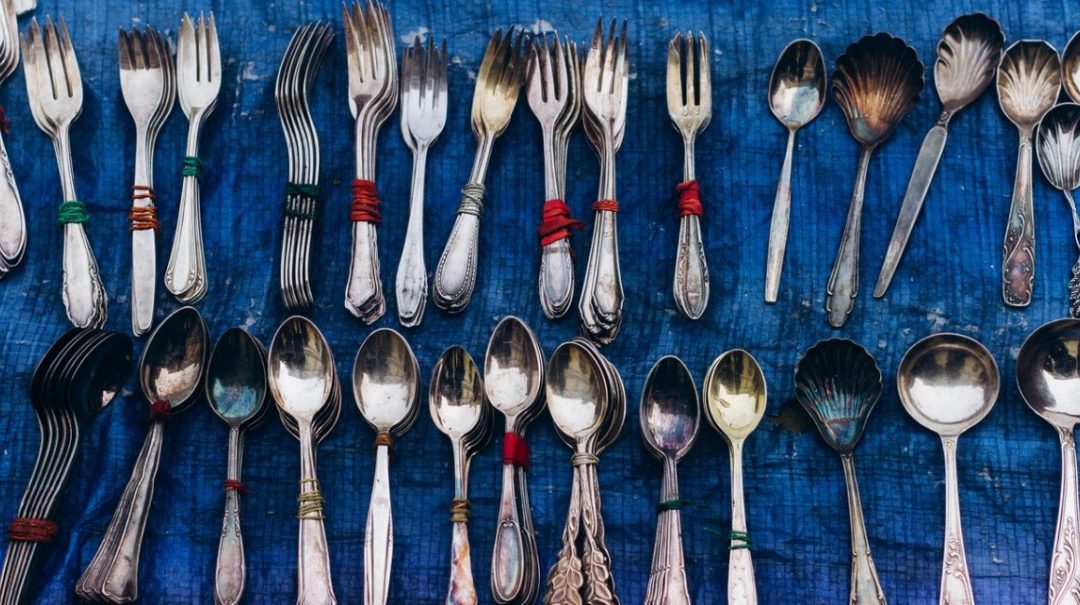Have you inherited the “family silver” and just stashed it away in a wardrobe somewhere? Well, it is time you looked carefully at that stash of heirlooms – especially if you have Irish relatives above you in your family tree.
Do you have a stash of ‘family silver’ hidden in your garage? Have you just stored it away, not knowing what to do with it? Well now is the time to look at it again. You might have a piece of valuable Irish silver. And, demand for these pieces is going through the roof.
Irish Silver Antiques
Antique silver items have always grabbed the attention of collectors. But recently, the price of Irish silver antiques has shot up. This is because collectors have worked out that Irish silver heirlooms are 100 times rarer than English silver made at the same time. And value is always connected to scarcity. Of all the valuable Irish antique silver items that are being traded across the world, the vast majority were made in Dublin.
Prices for items made in the capital are rising. But if you can get your hands on silver made outside the capital, you are onto a winner. Provincial Irish silver is becoming incredibly valuable. Silver items made in cities such as Cork and Limerick in the Eighteenth and Nineteenth centuries are the prize catch. If you find something made in Kinsale, then you really have hit the jackpot. Many people in the New World with Irish heritage are starting to cotton on.
Finding Irish silver heirlooms can mean payday has come. Items that were bundled up and ferried from Ireland to America, Canada, Australia and New Zealand on ships decades ago, can have extraordinary value. And the good news is that if you do find some Irish silver in your stash, you can sell it on the internet to collectors all over the world who are hungry for it. Is it time to check your own heirloom stash?
What Heirlooms to Look For
Silver items have always been a “thing” in Ireland. Of course, possessing such items was mainly a pursuit of the wealthy. And yet, middle-class Irish families still had stashes of heirloom silver that they hung onto and passed down through the generations. It is these hauls that could prove to be a bonanza. So you are now asking yourself, what do I look for? A good start is any tableware. This isn’t tableware that we would use today, necessarily. So here’s what you need to know.
Tankards
If you come across anything that resembles a silver cup, with a lid, then you could be onto a winner. Tankards were used on special occasions, and they were incredibly fashionable in Tudor times. The antique Irish silver tankard pictured is priced at over $10,000. Not only is it a rare 17th century item, it is hallmarked as Irish, which means it is way more valuable than an English equivalent.
Silver tankards were produced in the middle of the 16th century, and the Irish versions were copied somewhat from those found in Europe. Irish tankards can be very rare. The term only appears very occasionally in documents of the mid-16th century; hence their value as rare items increases.
Tankards don’t appear in old Irish wills that often, but they have been named in inventories of the household goods of grand houses and castles. For example, in 1590, paperwork from a castle records ‘two tankers gilt,’ valued at a substantial £10. An inventory of a 16th century Dublin merchant, Robert Fitzsimons, lists ‘1 silver tankard, double gilt’ and ‘1 small tankard.’ It leaves you wondering where these might be today.
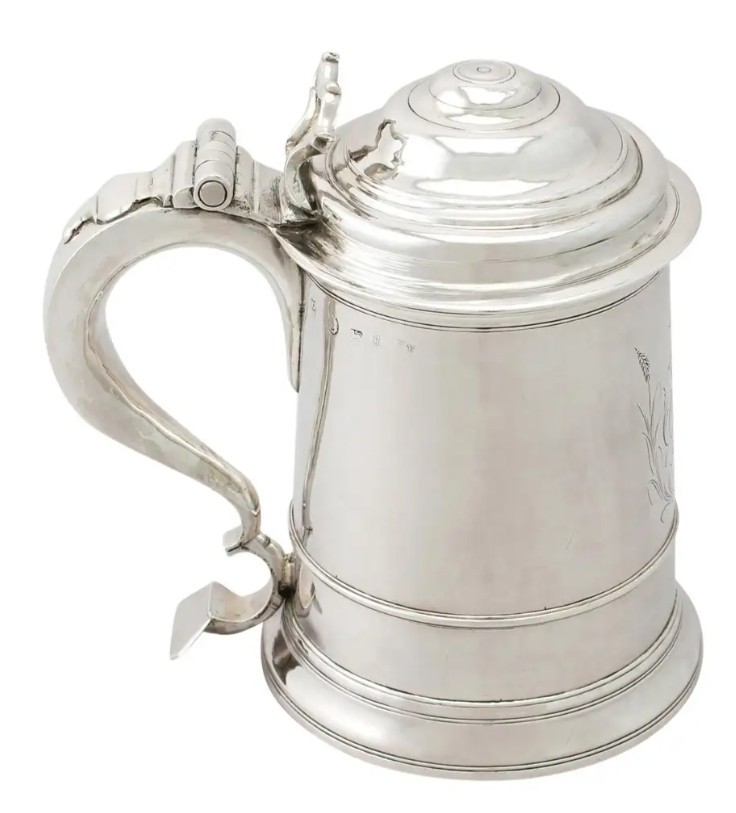
Where Are Tankards Today
Tankards are not something we use today, probably because of the inconvenience of the lid. So why the lid? There are many theories. Some say it was designed to keep poisons out that could be administered via a treacherous ‘friend.’ This method of enemy disposal became less ‘fashionable’ as time wore on, so eventually covers fell out of fashion.
Another theory is that the lid kept flies and fleas out of the vessel, important as plagues came and went. It might also have stopped the drink from spilling when things got raucous or when child servants carried the vessels. According to upper-class etiquette of the day, silver items like cups and plates were arranged on a sideboard, and the vessels were brought to the guests when needed. Drinks didn’t remain on the table; they were removed back to the sideboard until wanted again.
More Cups, Higher Social Status
Having a lid would have halted many potential spills in laps of very fancy ladies and gentlemen. (In great houses, a variety of cups were displayed on the cup horde, the more numerous and more magnificent the cups, the higher the social status of the family. A cup horde was a board or plank on which drinking cups were placed. These became open shelves constructed in steps and then of course, it became the ‘cupboard.’)
If there was a silver tankard in the Irish family silver, it did usually survive the cull when the owner died. So check out that family silver stash, you may get lucky. When it comes to going through your family heirlooms, something to note is that there may be a variety of drinking vessels that have value other than tankards.
Porringers
Another fashionable item in the late 16th century was for two-handled cups with covers. These were known as ‘porringers’ or ‘potingers.’ They were used for holding interesting-sounding liquids such as ‘spiced alcohol’ but also for the alarmingly-sounding ‘gruel concoctions.’ Mostly, this would be known today as porridge or soup.
Silver was a favourite for a long time for cups and goblets because people believed that precious metals were healthier to use than other metals or wood. In 1602, a Dr Vaughan, writing in his book Fifteen Directions for Health advised his followers that, “The cups whereof you drink should be of silver or silver and gilt.” (Gilt is when the centre is silver but the outside has been finished with a layer of gold.)
Tableware and Flatware
If you are really, REALLY lucky, you may have a marrow scoop amongst your heirlooms. This is something really rare, if you find one of these you are in big money territory. Pictured is a Kinsale marrow scoop. It is an extremely rare piece of early tableware, made in Kinsale circa 1750 by J&W Wall. Which means that only a very serious collector could buy this. It sold last year for $16,000 at an English auction.
Bone Marrow
So what was a marrow scoop used for in the 1700s and 1800s? To get the delicious marrow out of meat bones without abandoning table manners. In the 1600s, upper class diners invented new rules of etiquette. Forks appeared so that people would stop using their hands on cooked food so much. But forks didn’t do the job of getting the marrow out of bones.
Francis Hawkins (1628–1681) was an English Jesuit, known as a child prodigy and translator. He translated many etiquette books from French into English so that English speakers could read them. All of the books he translated were overly concerned with social behaviour.
Published in 1641, Youth’s Behaviour, or, Decency in Conversation amongst Men said, “Suck no bones. Take them not with two hands. Gnaw them not. Knock no bones upon thy bread, or trencher, to get out the marrow of them, but get out the marrow with a knife. To speake better, it is not fit to handle bones, and much lesse to mouth them.”
Marrow was quite the delicacy back then, a trend that has disappeared today. If you find a marrow scoop, get yourself to the nearest antiques dealer and fast. Especially if it was made in Kinsale.
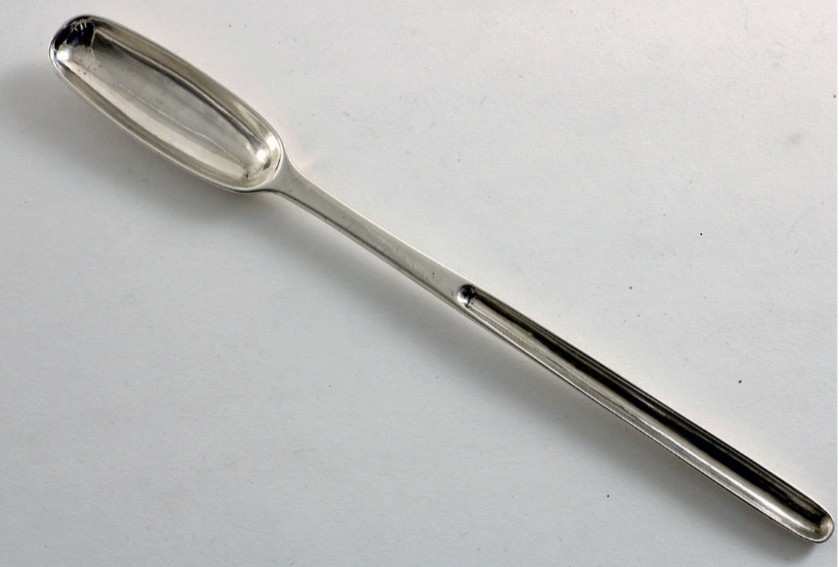
Spoons
In terms of valuable antique silver “flatware” it doesn’t get better than a trefid spoon. But what is a trefid spoon anyway? Back in the 16th century, people didn’t have a cutlery draw. They actually had one spoon which they kept on themselves and they used it for every meal. The people who didn’t have a spoon had to use their hands to eat. But if you were lucky enough to have a spoon, and your spoon was made of something other than wood, you were really doing well in life.
The trefid spoon originated in France; the French call it pied de biche which translates as “deer’s foot.” Legend has it that Charles II of England, while in court in France, noticed they used a specific type of spoon. He immediately introduced it to Britain in 1660. Trefids became known as ‘the French fashion spoons’ and the style spread.
People brought their old spoons to the silversmith to have them melted down and re‑made into the new trefid style. In France spoons were laid face-down for table service. The design of the spoon is such that it sits easily facing down on the table. This is why crests or initials are on the back.
Drinking Vessels
Drinking vessels seemed to hold great importance to the Irish upper classes in the mid‑16th century. In this famous woodcut image of the Gaelic Irish MacSweynes seated at dinner, the drinking vessel shown is a large tankard with a lid, which we can only suppose is silver.
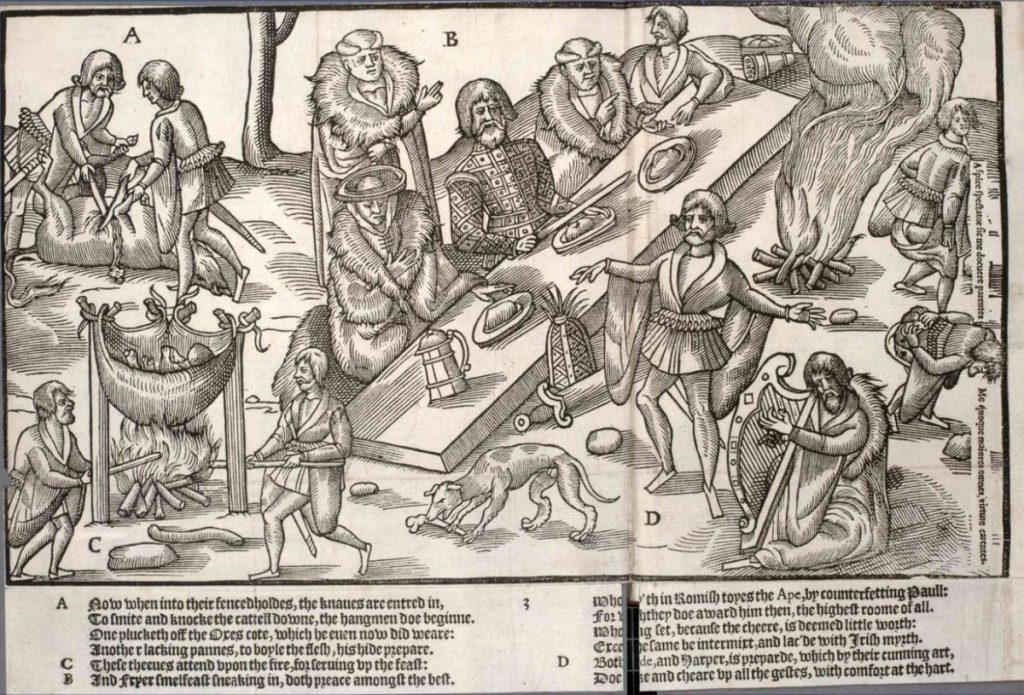
What Heirlooms are Dealers Looking For?
Garrett Weldon is the owner of Weldon Irish Antique Silver, which has been in operation for 125 years in Dublin. So where are his rare and exquisite pieces of antique Irish silver coming from? “We have certainly seen pieces that have been hidden in attics for over 100 years, and people have only found them when they went to renovate. They find things that were hidden by their great aunt or by their great-grandmother. Or, alternatively, there are items that go down in the family line, that people would know as the ‘good silver.’”
Horrifyingly, some people have found silver in stashes in the attic and have not recognised their value as antiques. Instead they have had them melted down to sell as just plain old silver. Says Weldon, “The antique value of the silver, taking into account its age and condition, could be worth more than the silver content, which would be comparatively low. You have to also factor in that Irish silver would be 100 times rarer than English silver made at the same time. So for every Irish tankard available, you’d be able to find 100 English examples.”
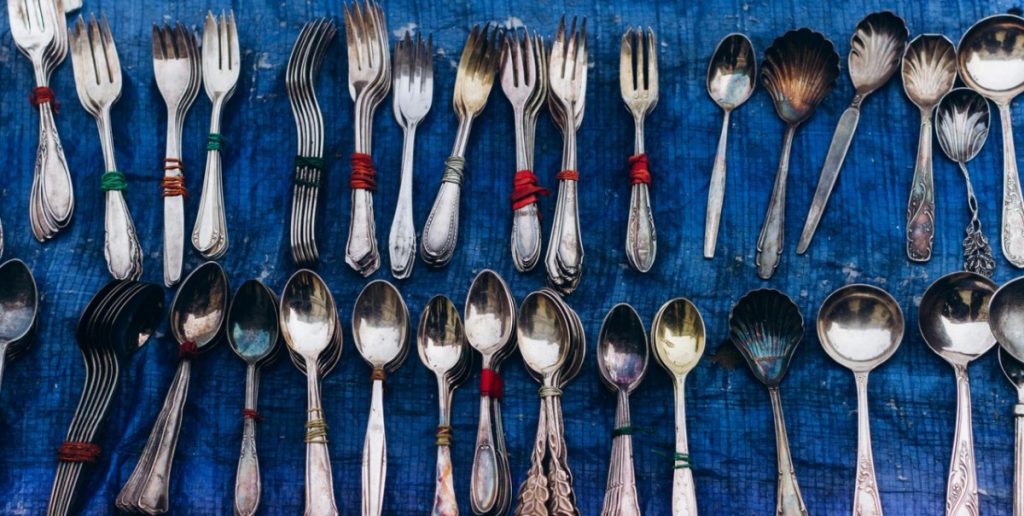
Increasing Value in Heirlooms
Weldon says that through the 1960s, 70s and 80s, Americans and other emigrant Irish starting collecting Irish silver pieces. But as Ireland has become wealthier, Irish people have had the money to collect antique silver pieces too. This is why the value of heirlooms is going up: with the internet, anyone can view the pieces from anywhere in the world, buy it online, and have it shipped to them. Now collectors are finding it more competitive to get the items they want.
Says Weldon, “The world is now very small. With a website, people can find you, you are contactable, so national borders aren’t as big a deal as they were. People buy items online without seeing it first, as long as you have very detailed photos online with good descriptions. These items can be couriered within 48 hours.”
What Heirlooms Sell Well?
So what sells well? “The highest quality items are selling the fastest. That is, excellent quality, condition and rarity. We have a pair of spoons from the 1660s. Those are the rarest, earliest silver we have seen in 60 years. Think about how long they have survived – nearly 350 years. They are incredibly rare and incredibly early. By comparison, spoons from 100 years later are easily findable and plentiful. With the first glance, a novice might not know that there is something of extreme high value they have, mixed in amongst the rest of the spoons. The great danger is that the uniqueness might be missed. Be sure to go through the hallmarks, check online, educate yourself.”
The most common find in attics, according to Weldon, is tableware. So these are the things you need to keep an eye out for: teapots, tea sets, trays, knives, forks, spoons. All could be valuable treasures. So, it is time to check out your heirloom hauls that came over from Ireland with your grandparents.
What To Do If You Find Antique Silver Heirlooms
Since 1637, there has been a legal requirement to hallmark all silver sold in Ireland. This was brought in by King Charles I, and was intended then, as now, to be a form of consumer protection. The primary aim of a hallmark is a guarantee that the piece is sterling silver quality, that is 92.5% pure silver. The hallmarks also show who made the piece, in what year, and in which city. Irish silversmiths had to register with the Dublin assay office and submit an example of their maker’s mark; this has allowed people to research who made a particular piece, and when.
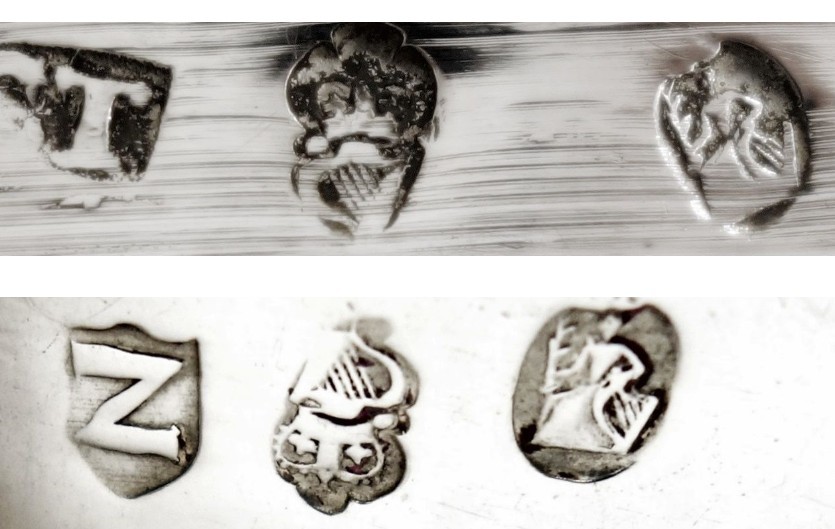
Researchers have assembled lists of makers, giving us an almost comprehensive list of all the Irish silversmiths over the last 300 years. There are also several reference books which are very helpful, though some are out of print and have become collectors’ items in their own right! Good luck and may the silver odds forever be in your favour!
Examples of Heirlooms
Antique Irish Silver Tankard
This antique Irish silver tankard, made in 1772 by Charles Townsend of Dublin, is in very good condition with no damage or restoration. It is stamped with Irish silver hallmarks on the edge of the domed lid and on the body next to the handle. The asking price is $10,900.
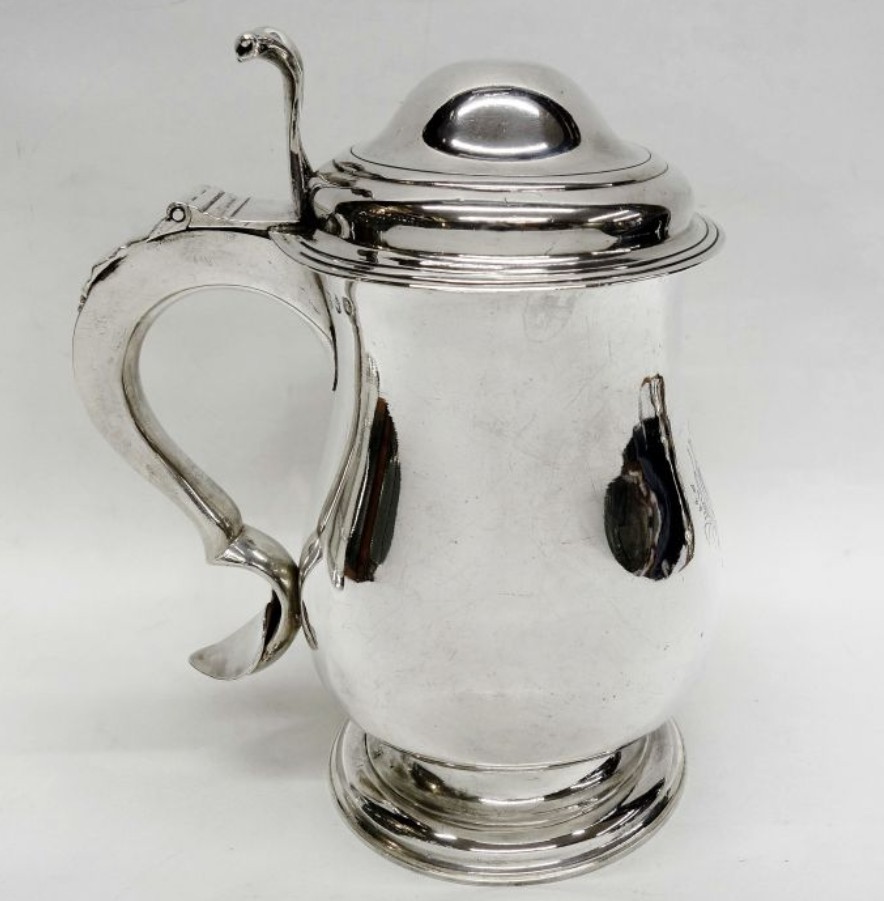
Cake Basket
This George II Antique Irish Silver Cake Basket was made in Dublin in 1750 by Robert Calderwood. Large decorative items like this were used as a show of wealth and were rolled out when celebration cakes were presented. These are very popular today because they can still be used as attractive objects to display on a large table. Even when they were first made, they were very expensive items. Silver baskets were first produced in the 1730s, and early ones are rare. They were made more available in larger numbers from the mid-18th Century onwards. Irish silver was always popular so this cake basket dated at 1750 is quite the find. The asking price is a whopping $40,000.
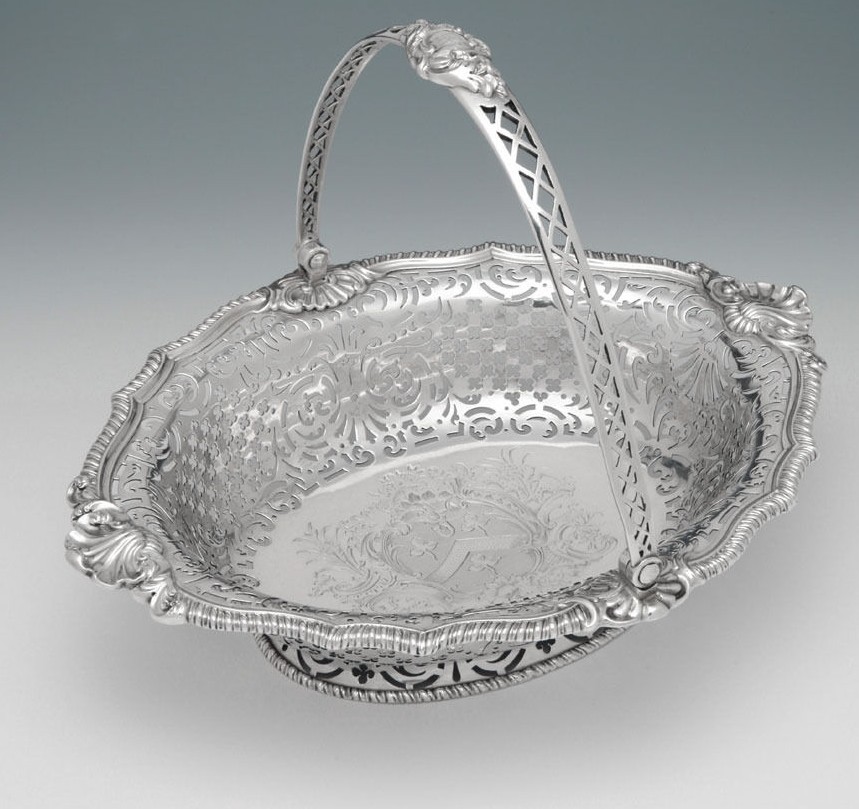
Trefid Spoon
This is an extremely rare Irish provincial trefid spoon, made in Kinsale. The spoon is stamped with two clear examples of the “W” within a heart. This is the maker’s mark for Joseph or William Wall. The spoon is in very fine original condition. It has a full shape bowl with a very tiny amount of wear to the tip. A pair of these spoons sold recently in Dublin for $45,000.
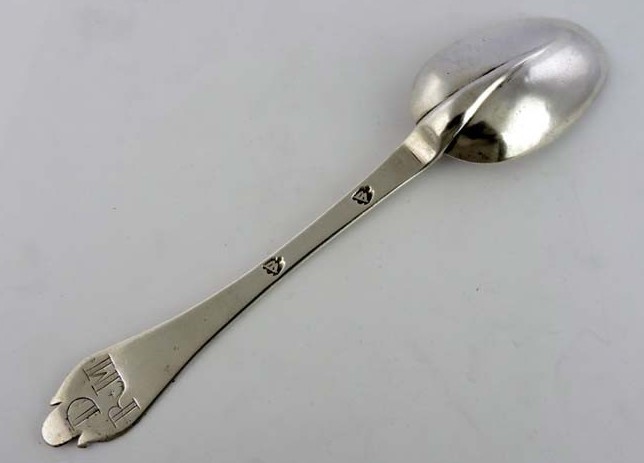
Sugar Bowl
This rare Irish sterling silver George III era sugar basket was made in Dublin in 1799, by silversmith Randall Cashell. These days, they can range in price from $4,000 upwards, depending on the condition they are in. Silver baskets made excellent centrepieces across the Georgian, Victorian and Edwardian eras. This is because the wealthy and middle classes became enamoured with dinner parties and dinner services as a means of displaying their wealth and taste. People of the era loved unusual types of dining pieces and serving items. The more unusual your pieces, the more cultured and knowledgeable you were perceived to be. Sugar baskets were a decorative novelty item, and were popular because of the demand for obscure items of silver tableware.
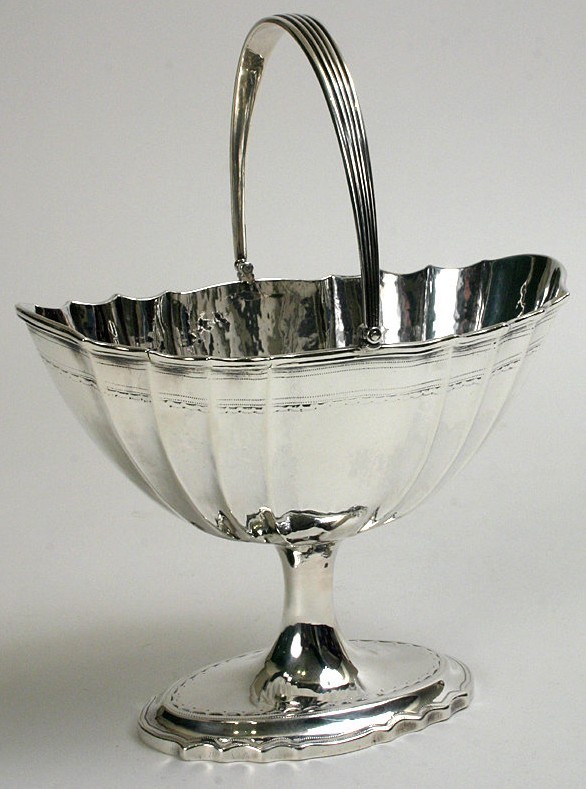
Have you been intrigued by the olden Irish ways and their fantastic heirlooms? You will love to read our article about the monks who lived on Skellig Island off the coast of Kerry, Ireland.

Editor for Silver Magazine Gold Coast
